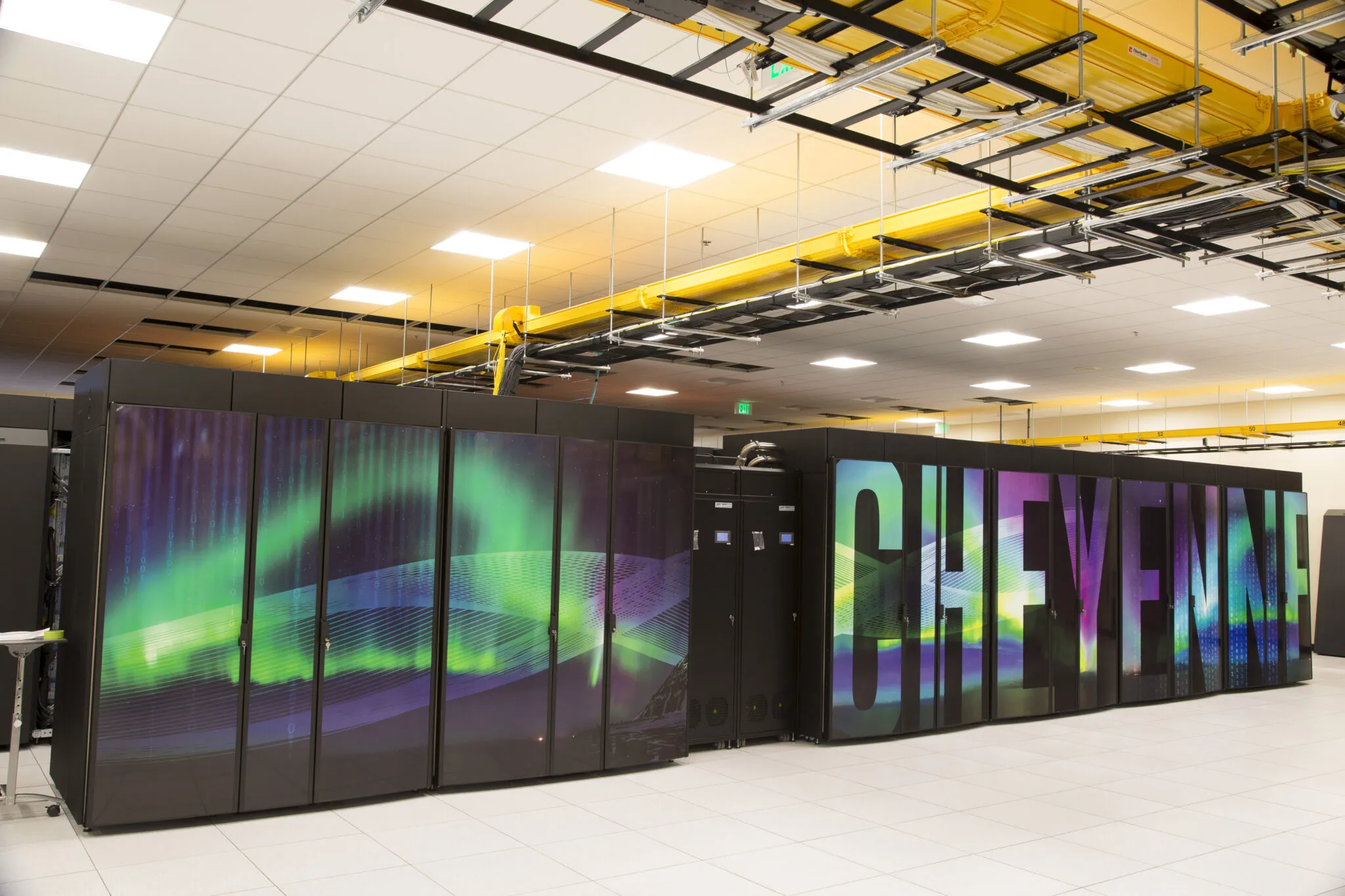NCAR launches operations of supercomputer Cheyenne in Wyoming

CHEYENNE, Wyo. — The National Center for Atmospheric Research is launching operations this month of one of the world’s most powerful and energy-efficient supercomputers, seeking to advance understanding of the atmospheric and related Earth system sciences.
Named Cheyenne, the 5.34-petaflop system is capable of more than triple the amount of scientific computing performed by the previous NCAR supercomputer, Yellowstone. It also is three times more energy-efficient.
Scientists across the country will use Cheyenne to study phenomena ranging from wildfires and seismic activity to gusts that generate power at wind farms. Their findings will lay the groundwork…
THIS ARTICLE IS FOR SUBSCRIBERS ONLY
Continue reading for less than $3 per week!
Get a month of award-winning local business news, trends and insights
Access award-winning content today!
